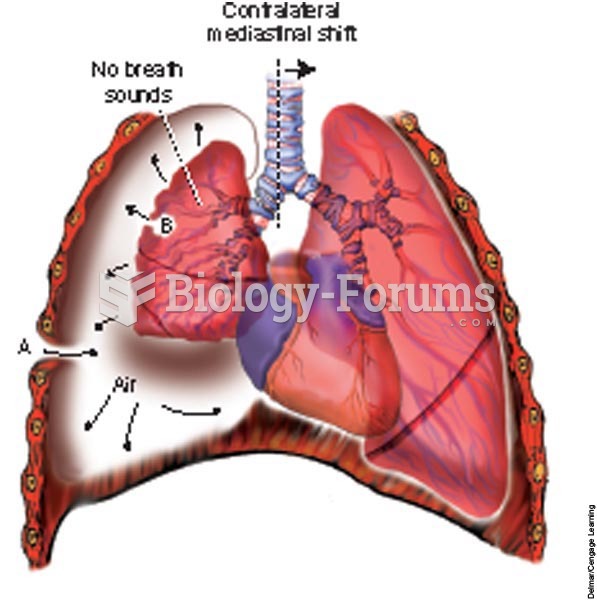The disruption of lung tissue by mechanical forces or medical problems can upset diffusion, which is defined as:
A) maintaining enough positive pressure in the pleural space to keep the lungs from collapsing.
B) the exchange of gases in the bronchi.
C) the ability of the lungs to expand equally during inspiration.
D) the process of gas exchange between the alveoli and the capillaries.
Question 2
Your patient is a 14-year-old male who was struck by a vehicle while riding his ATV. He has bilateral open femur fractures and an unstable pelvis. He is lethargic, pale, cool, and diaphoretic. He lacks a palpable radial pulse but has a carotid pulse of 130 and respirations of 28. You estimate he weighs 110 pounds. Which of the following represents the best sequence of treatment for this patient?
A) Intubate the trachea with in-line stabilization of the cervical spine, ventilate with 100 percent oxygen at a rate of 20 to 24 per minute, immobilize the patient to a long spine board, start two large-bore IVs of lactated Ringer's solution, administer a 500-mL bolus, initiate transport, and reassess the patient's hemodynamic status.
B) Administer oxygen by nonrebreather mask, apply bilateral traction splints for the femur fracture, immobilize to a long spine board, initiate transport, start two large-bore IVs of isotonic crystalloid solution, infuse a 2000-mL bolus, and reassess the patient's hemodynamic status.
C) Assist the patient's ventilations with a bag-valve-mask device and supplemental oxygen; immobilize the patient to a long spine board; initiate transport; start two large-bore IVs, one of normal saline and one of lactated Ringer's solution, and rapidly infuse 200 mL of each; and reassess the patient's hemodynamic status.
D) Administer oxygen by nonrebreather mask, immobilize the patient to a long spine board, initiate transport, start two large-bore IVs of normal saline solution, infuse a 1,000-mL bolus, and reassess the patient's hemodynamic status.







